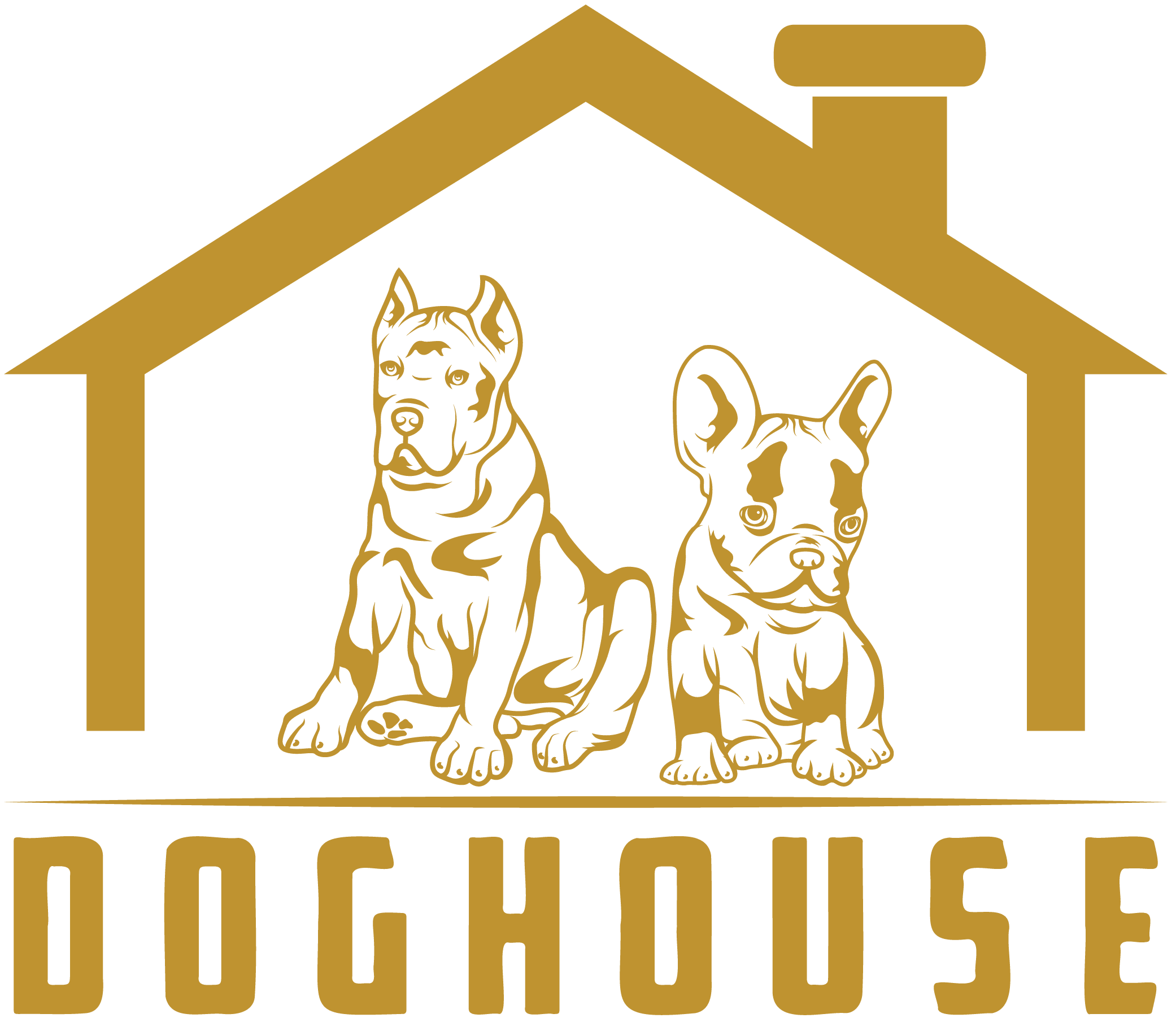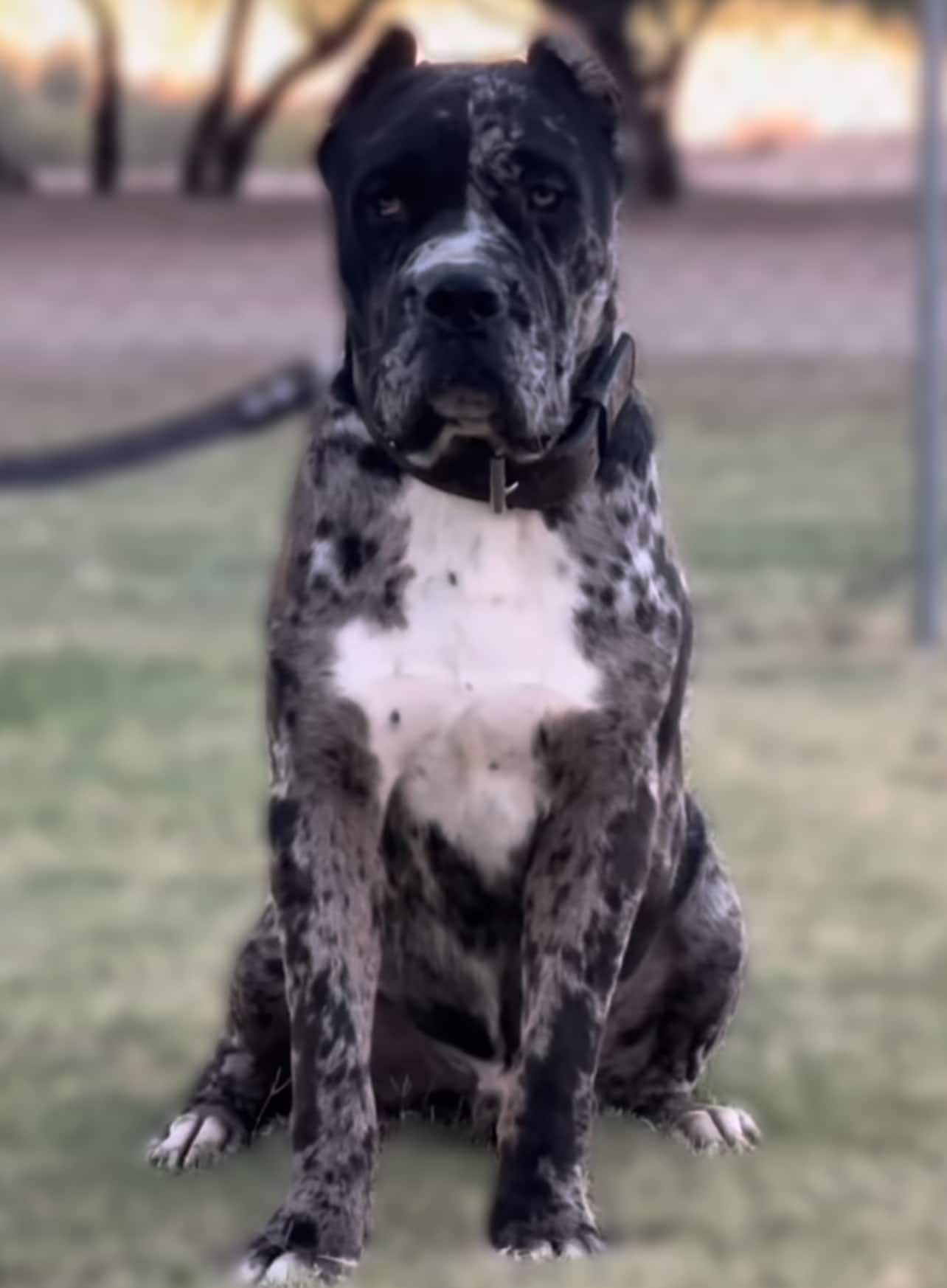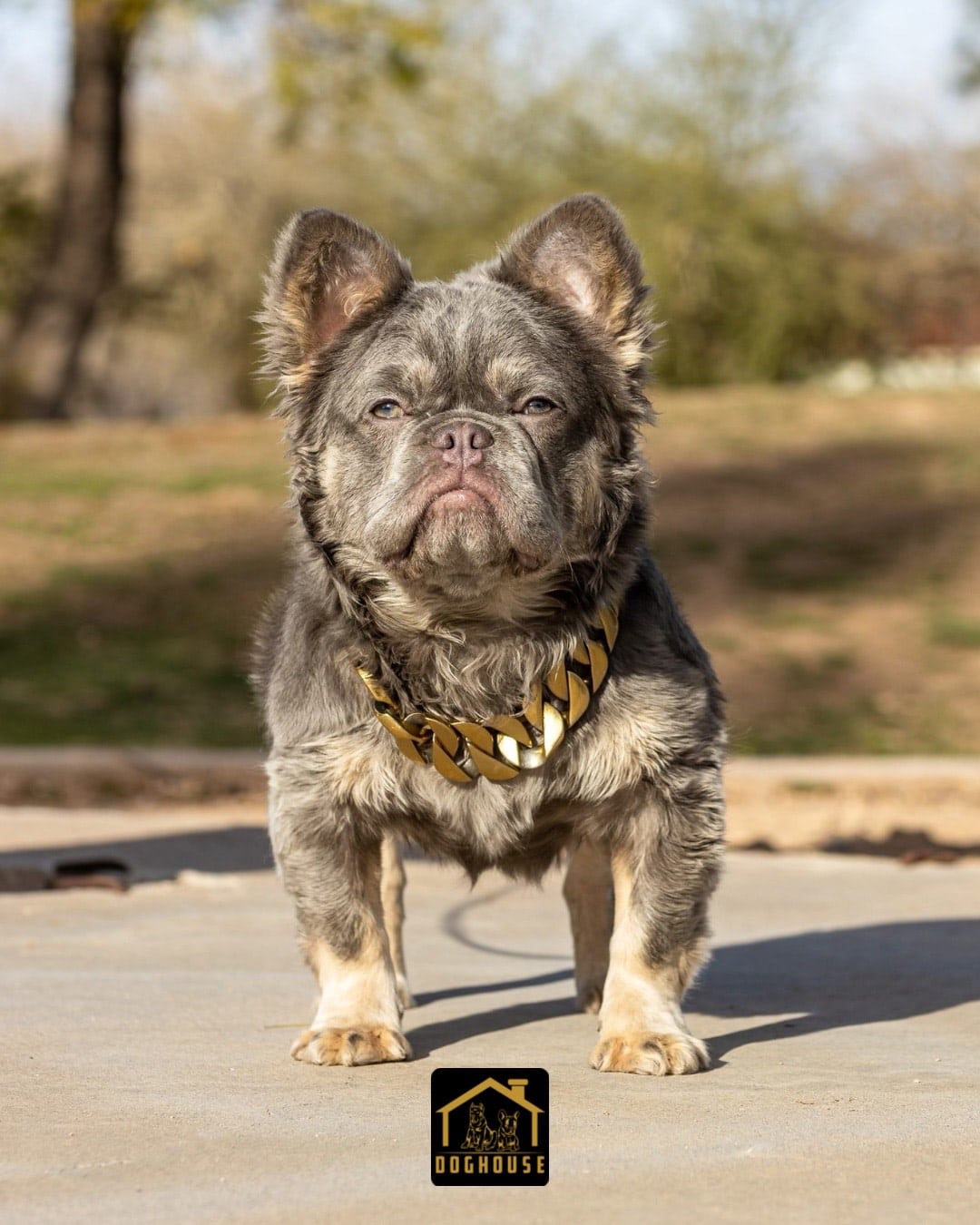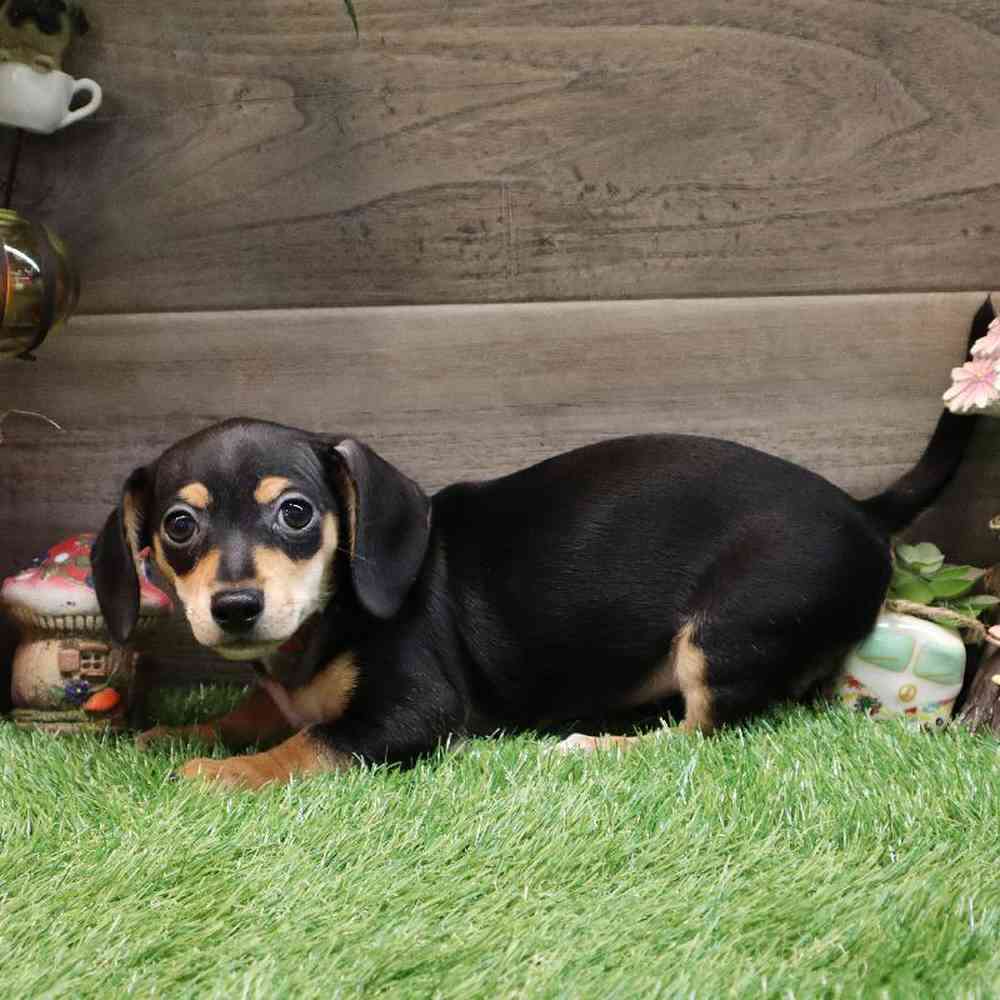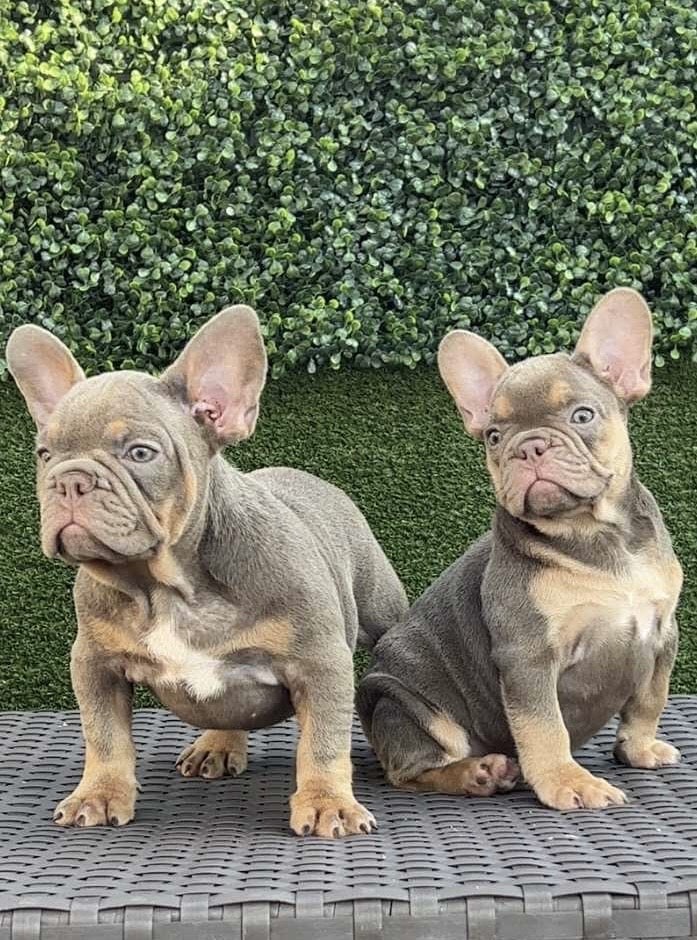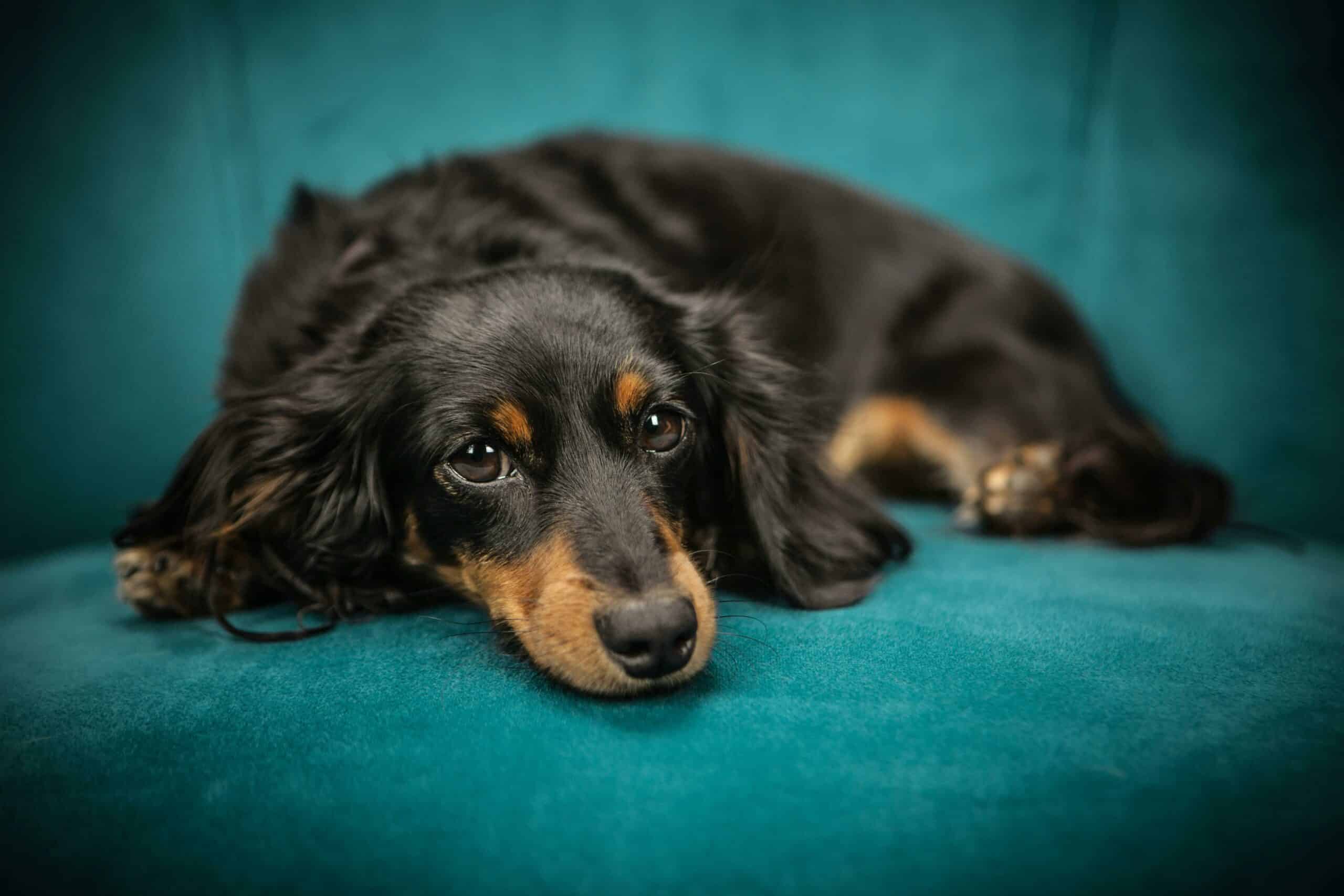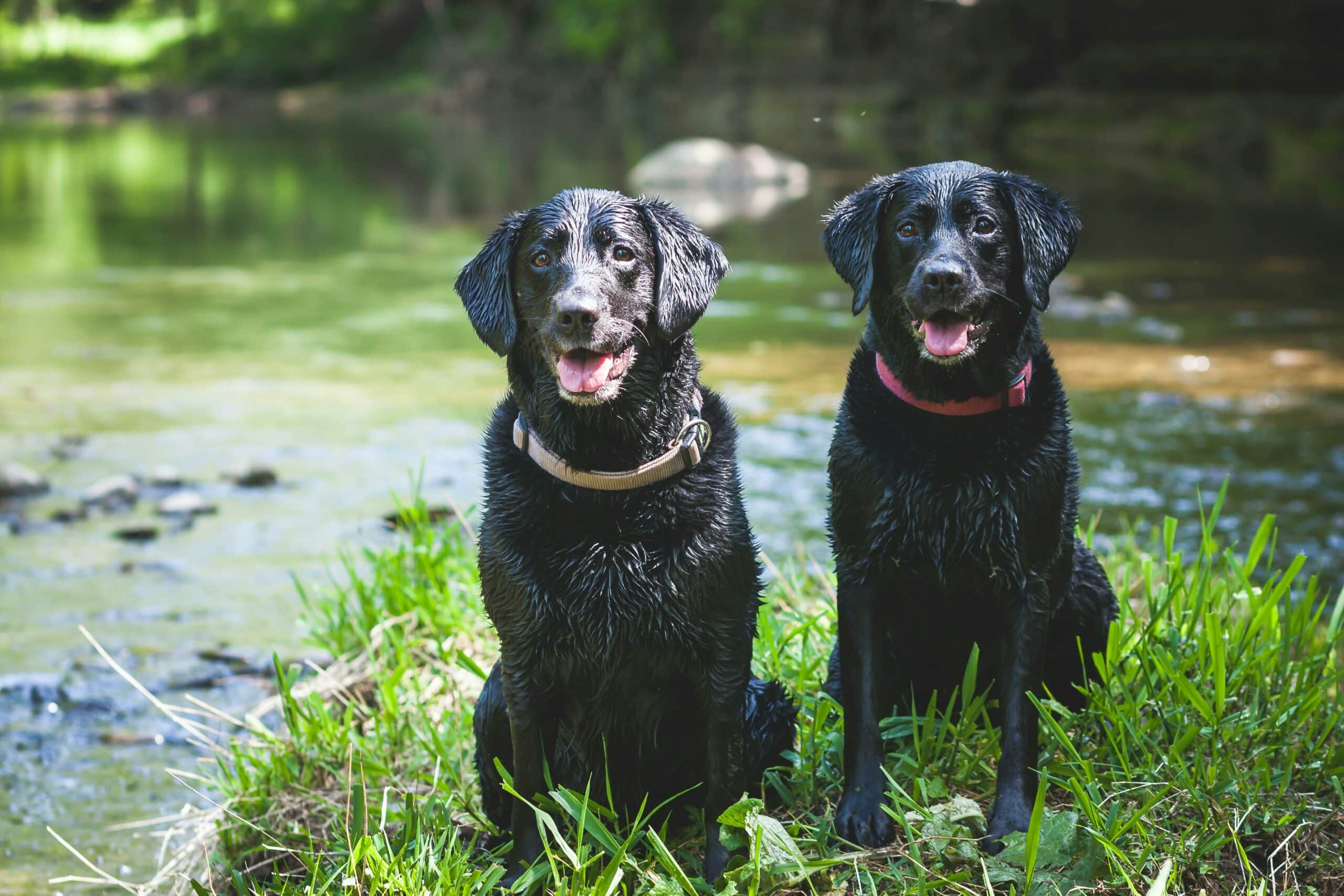The North American Mastiff, a gentle giant among dog breeds, represents a remarkable blend of strength, loyalty, and affection. Developed in the United States with the aim of creating a healthier variant of the traditional Mastiff, this breed stands as a testament to the success of selective and thoughtful breeding. Characterized by their impressive size, calm demeanor, and a heart as large as their stature, North American Mastiffs have rapidly gained popularity among dog enthusiasts. Ideal for families seeking a protective yet gentle companion, these dogs bring together the imposing presence of a guardian with the tender nature of a devoted pet. In exploring the world of the North American Mastiff, one uncovers a breed that is not just physically grand but also rich in temperament and companionship.
History
The North American Mastiff is a breed that emerged in the late 20th century, primarily developed in the United States by breeders Percy Dailey and Desiree Coleman of Monsterpiece Kennels in Missouri . Their vision was to create an attractive family guardian that was great around kids but could also protect and be a working dog. To achieve this, they crossed several breeds including the Great Dane and the Neopolitan Mastiff. This crossbreeding was aimed at retaining impressive size and gentle nature while improving overall health and longevity.
The North American Mastiff is characterized by its large, solid build, with an athletic frame. They are known for their gentle and loyal nature, making them excellent family pets, particularly good with children. One of the primary goals of developing this breed was to address the health issues prevalent in the English Mastiff, and this was largely successful, as the North American Mastiff enjoys better health and a longer lifespan.
While the breed has established specific breed clubs, it is not yet recognized by major kennel clubs like the American Kennel Club (AKC). Despite this, the North American Mastiff has been growing in popularity among dog enthusiasts who are drawn to the Mastiff breed but are seeking a healthier alternative. The breed is primarily kept as family pets, but due to their strength and gentle temperament, they are also occasionally used as therapy dogs. Breeders continue to emphasize responsible breeding practices to maintain the health and temperament that the North American Mastiff is known for. This breed represents a successful effort in canine breeding, combining the majestic presence and gentle nature of the Mastiff lineage with improved health and longevity.
Classifications
ICA International Canine Association Mastiff
ADF American Dog Federation Mastiff
DBR Designer Breed Registry Mastiff
North American Mastiff Breed Standard

Colors : Black, Fawn, Chocolate, Red, Buckskin, Blue, Tawny,
Coat Patterns: Solid, Merle, Brindle, Piebald
Females range from 90-150 lbs (40-68kg)
Males range from 120-180 lbs (54-81kg)
North American Mastiff Lifespan
The life expectancy of a North American Mastiff typically ranges from 10 to 12 years. This is somewhat longer than the average lifespan of many large breed dogs, including the English Mastiff, which usually lives around 6 to 10 years. The increased lifespan of the North American Mastiff is attributed to the careful breeding practices aimed at reducing health issues common in large breeds. However, like all breeds, individual lifespan can vary based on various factors including genetics, diet, exercise, and overall health care.
North American Mastiff Temperament
The North American Mastiff (NAM) is known for its gentle, friendly, and loyal temperament, making it an excellent family pet. Here are some key aspects of their temperament:
- Gentle and Affectionate: They are known for their gentle nature, especially around children. They often show a lot of affection towards their family members.
- Loyal and Protective: NAMs are very loyal to their families and can be protective when they perceive a threat. However, they are not overly aggressive.
- Calm and Even-Tempered: They typically have a calm demeanor and are not easily agitated, which makes them good companions in a family setting.
- Intelligent and Trainable: These dogs are intelligent and respond well to training. They can be taught a variety of commands and are generally eager to please their owners.
- Social and Friendly: While they can be wary of strangers initially, they are generally friendly once they get to know someone.
- Good with Other Pets: If socialized from a young age, they usually get along well with other pets in the household.
- Moderate Energy Level: They are not as high-energy as some breeds, but they do require regular exercise to stay healthy and happy.
It’s important to note that while these traits are common in the breed, individual dogs can vary. Proper training, socialization, and a loving environment are crucial in shaping the temperament of any dog, including a North American Mastiff.
Size of a North American Mastiff
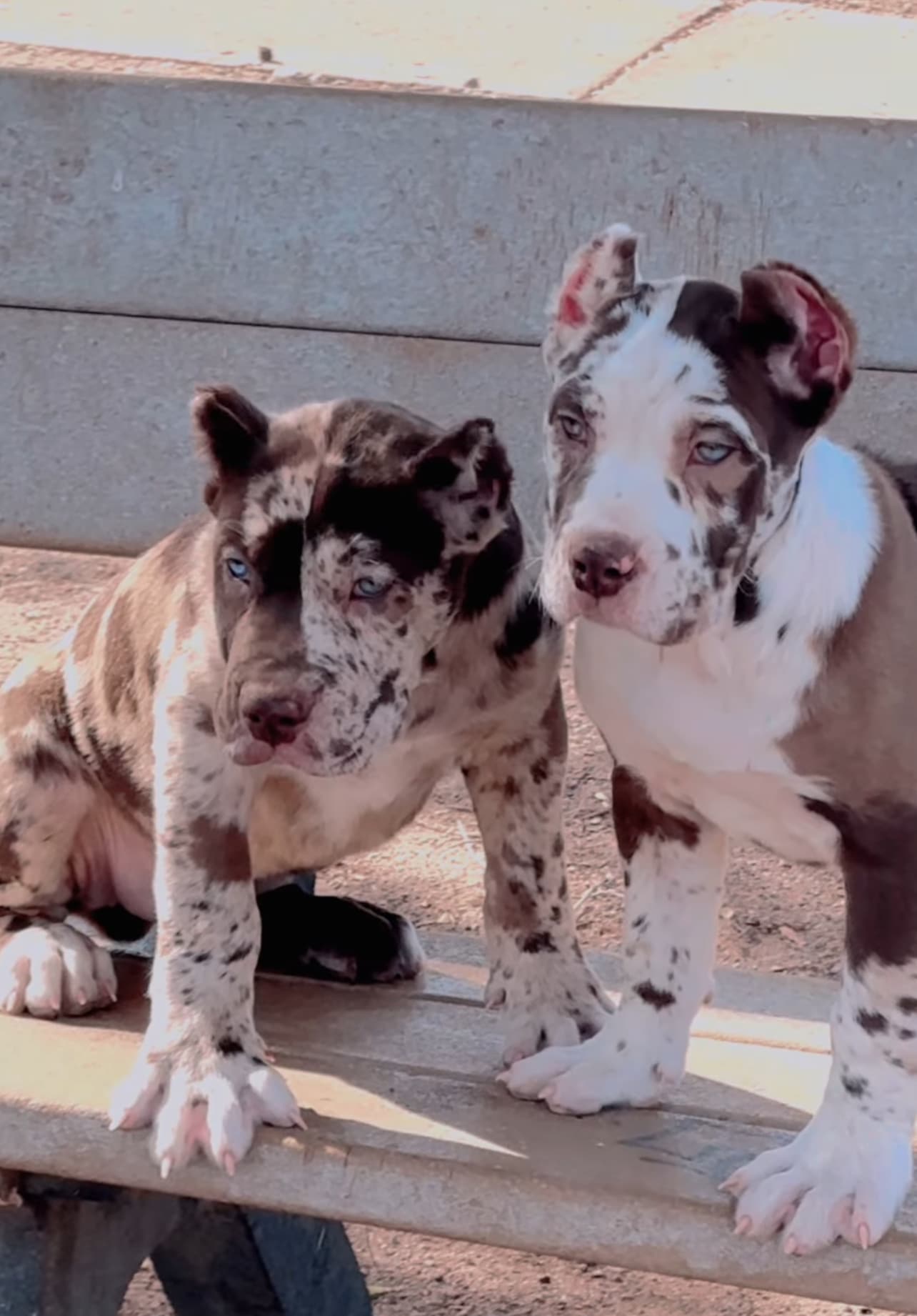
The North American Mastiff is a large breed, reflecting its Mastiff heritage in both size and build. Here are the general size specifications for the breed:
- Height: Males typically stand between 28 to 36 inches (71 to 91 cm) at the shoulder, while females are usually slightly smaller, ranging from 26 to 34 inches (66 to 86 cm).
- Weight: The weight of a North American Mastiff can vary significantly based on height, gender, and overall build. Males generally weigh between 160 to 200 pounds (73 to 91 kg), and females usually weigh between 140 to 180 pounds (64 to 82 kg).
These measurements can vary, and some individuals may fall outside these ranges. Despite their large size, North American Mastiffs are known for their gentle temperament, making them well-suited as family pets. However, due to their size, they require sufficient space to move around comfortably and benefit from regular exercise to maintain their health.
North American Mastiffs Weight by Month
| Age (Months) | Male Weight (lbs) | Female Weight (lbs) |
|---|---|---|
| 1 | 8-12 | 7-10 |
| 2 | 20-30 | 18-27 |
| 3 | 40-60 | 35-55 |
| 4 | 60-80 | 55-75 |
| 5 | 80-100 | 75-90 |
| 6 | 100-120 | 90-110 |
| 7 | 120-140 | 110-125 |
| 8 | 130-150 | 120-135 |
| 9 | 140-160 | 130-145 |
| 10 | 150-170 | 140-150 |
| 11 | 160-180 | 150-160 |
| 12 | 170-190 | 150-160 |
This table provides an estimated range of weights for both male and female North American Mastiffs as they grow from 1 to 12 months old. Keep in mind that individual dogs may vary in weight due to factors like diet, genetics, and overall health.
How Much Do North American Mastiffs Cost
The cost of a North American Mastiff can vary depending on several factors such as the breeder’s reputation, location, the dog’s lineage, and whether the puppy is being bought for show or as a pet. Generally, you can expect the following:
- Initial Purchase Price: The price for a North American Mastiff puppy typically ranges from $2,500 to $5,000. However, prices can be higher for puppies from exceptional show-quality lines or breeders with a particularly prestigious reputation. More exotic color will typically range between $6,000 to $10,000.
- Additional Costs: Beyond the initial purchase, you should also consider costs for vaccinations, spaying or neutering, microchipping, and other initial veterinary care, which can add several hundred dollars.
- Ongoing Costs: Large breeds like the North American Mastiff will have significant ongoing costs for food, as they require a diet that can sustain their size and energy levels. Additionally, costs for regular veterinary check-ups, flea and tick prevention, heartworm prevention, grooming, and potential health issues specific to large breeds should be considered.
- Training and Socialization: Investing in professional training and socialization classes, especially when they are young, can be beneficial and may also add to the overall cost.
- Insurance: Pet insurance for a large breed dog can also be a considerable expense but can be valuable for managing health care costs, especially as the dog ages or if unexpected health issues arise.
When considering the purchase of a North American Mastiff, it’s important to budget not only for the initial cost but also for the lifetime care of the dog. It’s also crucial to purchase from a reputable breeder who prioritizes the health and temperament of their puppies.
North American Mastiff Colors
North American Mastiffs come in a variety of colors, reflecting their diverse genetic background. The most common colors for this breed include:
- Fawn: A light, yellowish-tan color, often seen in Mastiffs. This can range from a pale tan to a deeper, reddish hue.
- Brindle: A mix of colors with a striped pattern, usually a base of fawn or apricot with stripes of a darker color.
- Black: Solid black or black with some white markings.
- Pied: A coat with large patches of color (usually fawn, apricot, or brindle) on a white background.
Rare Color NAMs
North American Mastiffs, like many breeds, can occasionally exhibit less common or “rare” coat colors. These colors are not standard and are often the result of specific genetic variations. It’s important to note that while certain colors might be marketed as rare or unique by some breeders, these colors do not necessarily add to the dog’s value in terms of health, temperament, or breed standard. Here are a few examples of such colors:
- Blue: A grayish or silver-like color, which is actually a dilution of the black pigment. This color is not typical for the breed and can be associated with certain health issues, such as skin problems.
- Chocolate or Liver: This is a brownish color, which is also rare in North American Mastiffs. It results from a recessive gene that affects the production of black pigment.
- Merle: A mottled pattern of dark blotches against a lighter background. This is an extremely rare and non-standard color for North American Mastiffs. The merle gene can be associated with various health issues, particularly if two merle-colored dogs are bred together.
- Tawny: Which is NAM that has 2 copies of the Blue gene and 2 copies of the Brown gene.
- Solid White or Albino: While white patches are common, a completely white or albino North American Mastiff is extremely rare. Albinism is associated with health issues, including vision and skin problems.
It’s crucial to approach “rare” colors with caution. Some breeders might use the rarity of a color as a selling point to demand a higher price, but this does not guarantee the dog’s quality or health. In fact, breeding for specific colors can sometimes lead to health problems if not done responsibly. When choosing a North American Mastiff, the primary focus should be on the dog’s health, temperament, and whether the breed is a good fit for your lifestyle, rather than the coat color. Always choose a reputable breeder who prioritizes the health and well-being of their dogs.
Grooming North American Mastiffs
Grooming a North American Mastiff is an important part of their care routine, although they are relatively low-maintenance compared to breeds with longer fur. Here are some key aspects of grooming for this breed:
Coat Care
- Brushing: Regular brushing, about once or twice a week, is sufficient to keep their short coat healthy. This helps to remove loose hair and distribute natural skin oils.
- Shedding: They do shed, particularly seasonally, so more frequent brushing may be necessary during these periods to manage the shedding.
Bathing
- Frequency: Bathing can be done as needed, usually every few months, unless the dog gets particularly dirty or smelly. Over-bathing can strip their coat of natural oils, leading to dry skin.
- Products: Use a dog-specific shampoo that is gentle on their skin. For dogs with sensitive skin, hypoallergenic or oatmeal-based shampoos can be beneficial.
Nail Care
- Trimming Nails: Regular nail trimming is important to prevent discomfort and potential health issues. If you can hear their nails clicking on the floor, it’s time for a trim.
- Paw Care: Check their paws regularly for any signs of injury, and keep the hair between their pads trimmed to prevent matting and accumulation of debris.
Dental Hygiene
- Teeth Brushing: Brushing their teeth several times a week is recommended to prevent dental issues. Dental chews and toys can also help maintain oral health.
- Regular Dental Check-ups: Regular veterinary check-ups should include dental examinations.
Ear Care
- Cleaning Ears: Regularly check and clean their ears to prevent infections, especially if they have floppy ears. Use a vet-recommended ear cleaner.
General Tips
- Start Early: Get your North American Mastiff used to grooming from a young age. This makes the process easier as they grow into a large dog.
- Regular Check-ups: During grooming, check for any signs of skin issues, lumps, or parasites.
- Professional Grooming: While not necessary for routine care, some owners opt for professional grooming services for nail trimming or thorough bathing.
Remember, regular grooming is not just about keeping your North American Mastiff looking good; it’s also an opportunity to bond with your dog and check on their overall health.
North American Mastiff Common Health Problems
North American Mastiffs, like all large breed dogs, are prone to certain health issues. While they are generally healthier and have a longer lifespan compared to some other mastiff breeds, it’s important to be aware of these potential health concerns:
- Hip and Elbow Dysplasia: This is a common issue in large breeds. It’s a genetic condition where the hip or elbow joint doesn’t fit together perfectly, which can lead to arthritis or lameness.
- Gastric Dilatation-Volvulus (Bloat): This is a life-threatening condition that affects large, deep-chested dogs. It occurs when the stomach fills with gas and twists on itself, cutting off blood flow. It requires immediate veterinary attention.
- Cardiac Issues: Some North American Mastiffs may be prone to heart conditions, such as cardiomyopathy, which is a disease of the heart muscle that can lead to heart failure.
- Bone Cancer (Osteosarcoma): Large breeds are at a higher risk for bone cancer, which can be aggressive and fast-spreading.
- Cystinuria: A hereditary condition that can lead to the formation of cystine stones in the kidneys and bladder.
- Eye Problems: Like many large breeds, they can be prone to certain eye conditions, such as entropion or ectropion, where the eyelids roll inwards or outwards, respectively.
- Thyroid Issues: Hypothyroidism, a condition where the thyroid gland doesn’t produce enough hormones, can occur in this breed.
- Joint Problems: Due to their large size, they can be prone to joint issues, particularly as they age. This includes arthritis and general joint wear and tear.
Preventive Measures and Care
- Regular Veterinary Check-ups: Regular health screenings can help catch and manage these issues early.
- Proper Nutrition: A balanced diet appropriate for their age, size, and activity level can help manage weight and support joint health.
- Regular Exercise: Keeping them at a healthy weight and providing regular, moderate exercise can help reduce the risk of joint and heart problems.
- Monitoring and Early Detection: Being vigilant about any changes in their behavior, mobility, or health can lead to early detection of these issues.
Conclusion
The North American Mastiff is a magnificent and gentle giant, bred with the intention of creating a healthier and more robust version of the traditional Mastiff. Known for their loyal, affectionate, and protective nature, they make excellent family pets, particularly suited for those who appreciate the unique qualities of large breeds. While they are not hypoallergenic and do require regular grooming and exercise, their relatively easy maintenance and loving demeanor make them a wonderful addition to many homes. Prospective owners should be prepared for their significant size and the associated responsibilities, including health care and space requirements. With their longer lifespan and fewer health issues compared to other mastiff breeds, the North American Mastiff stands out as a testament to thoughtful and responsible breeding practices, offering companionship and joy to those who welcome them into their lives.

